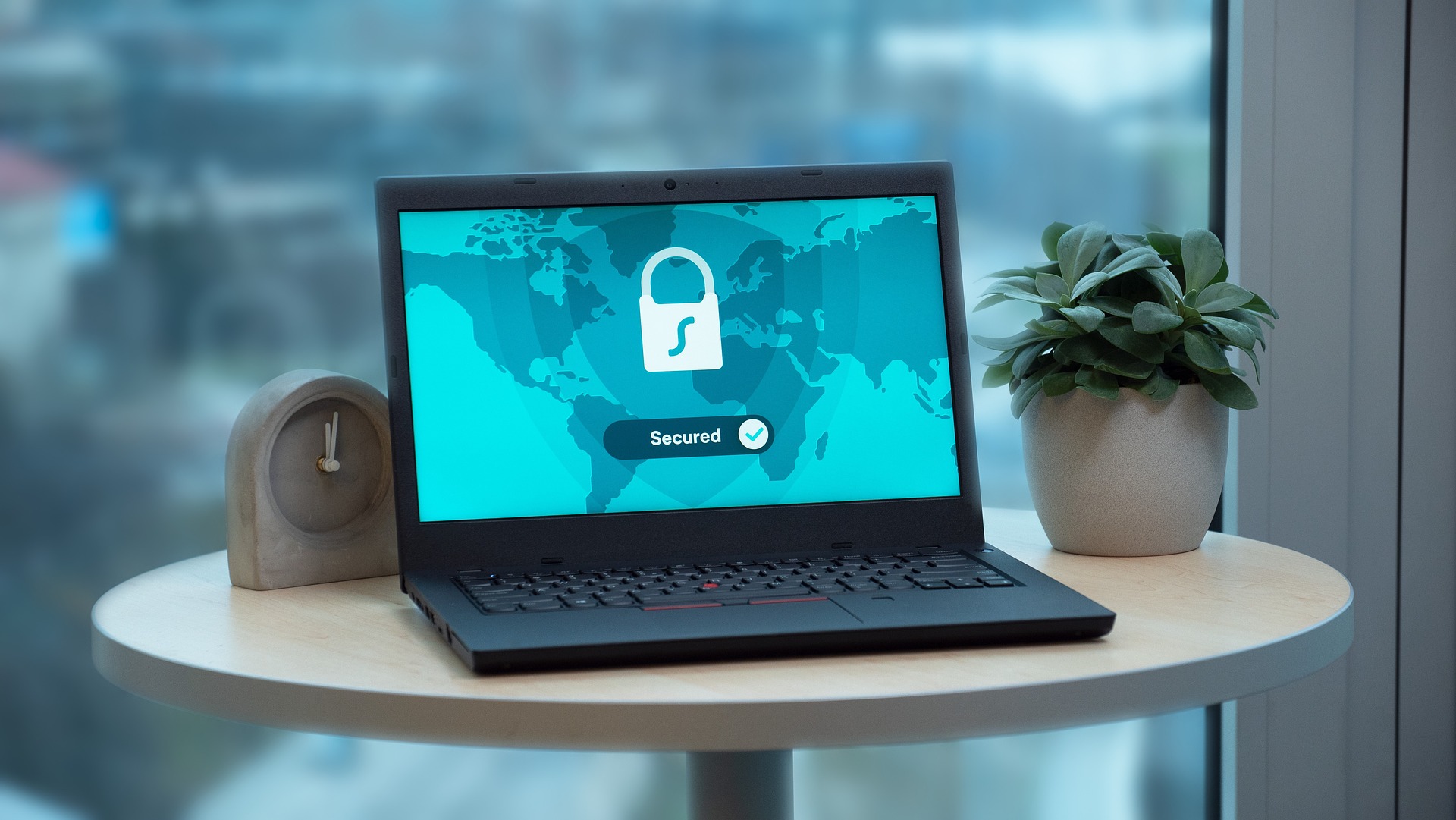Some Schools Use 2,000 Apps. Here’s How One District Protects Data Privacy
Data privacy is a priority at Fayette County Schools. Jim Farmer, the chief technology officer, discusses how the district made that happen.

Educators today have a dizzying array of learning apps from which to choose.
A recent report from Lightspeed Systems finds that most school districts have more than 2,000 apps in use, but 300 apps account for 99 percent of school usage.
The sheer number of apps used in schools can present a challenge to chief technology officers and school IT teams tasked with protecting school data and student data privacy.
However, technology can also help protect student privacy. Jim Farmer, chief technology officer at Fayette County Schools in Georgia, says he and colleagues including Sarah MacDonald, information systems and data manager, Matt Jackson, coordinator of digital and media services, and Matt Smithson, network analyst, were able to protect student privacy in their district with smart use of privacy technology and good old-fashioned district education and outreach.
Vet Apps For Data Privacy and Rigor
The technology and curriculum departments at Fayette County Schools worked closely together to establish how technology would be vetted.
“There's been this conversation for quite a few years now about trying to help people understand the importance of our students' information, and where it's going, and how it's being used,” Farmer says. That conversation extended beyond privacy to quality. “From a curriculum standpoint, obviously we want to make sure our kids are getting the proper rigor, and [apps are] standards-based and vetted by our coordinators, and by our teachers, appropriately.”
Each app now goes through a standardized digital resource approval process. "Teachers work within their school and with their leadership to submit a request for a digital resource," Farmer says. "Once the principal or designee approves the request it then moves forward in the process to the district office. The district team is made up of the curriculum and technology department personnel. A rubric is used to evaluate the resource from multiple perspectives by the technology team safety, security, data policies, sharing, advertising, etc."
Tech & Learning Newsletter
Tools and ideas to transform education. Sign up below.
Understand The Tech Being Used in Your District
The next step was assessing what tech was being used in the district. To do this, the Fayette IT team deployed Lightspeed Systems tools that provided analytics on technology use by students and teachers. “There were some obvious concerns,” Farmer says. “We found a lot of apps that we didn't pay for, [and] that the curriculum department didn't pay for.”
The district quickly established plans to shore up the security involved with this technology use. Going forward, student information has only been shared in apps that have been vetted and approved from a privacy and curriculum perspective.
Establish Tech Request Procedures and Focus On Rostered Technology
The district has established standardized policies for educators to request permission to use new tech tools. Any app or platform that requires students to provide their names or other identifying information is not permitted.
“As long as it's not using a student name and email, and the teacher is getting good use out of it because it's engaging and interactive, then that's more of a curriculum piece,” Farmer says. “We don't really have a problem with that, but if they're signing in, and they're being rostered in any way, then that's where the bar has to be met for us.”
Communicate the Importance of Data Privacy Initiatives
Four or five years ago educators may have been able to incorporate whatever technology they wanted into classes but school privacy breaches have become far more common and awareness of safety issues has risen. Consequently, school leaders have had to be more restrictive in the types of edtech tools they permit.
To build educator support, it’s very important to make the reasons for this change clear. “If we just start saying, ‘Nope, we're not using that,’ we're gonna get a lot of pushback,” Farmer says. “So we've been doing a lot of communication and leadership meetings, we've been doing a lot of communication with principals, and then they re-communicate that out to their staff at staff meetings.”
He adds, “If you think you're doing enough communication, do it 10 times more and you still won't be doing enough.”
Erik Ofgang is a Tech & Learning contributor. A journalist, author and educator, his work has appeared in The New York Times, the Washington Post, the Smithsonian, The Atlantic, and Associated Press. He currently teaches at Western Connecticut State University’s MFA program. While a staff writer at Connecticut Magazine he won a Society of Professional Journalism Award for his education reporting. He is interested in how humans learn and how technology can make that more effective.

